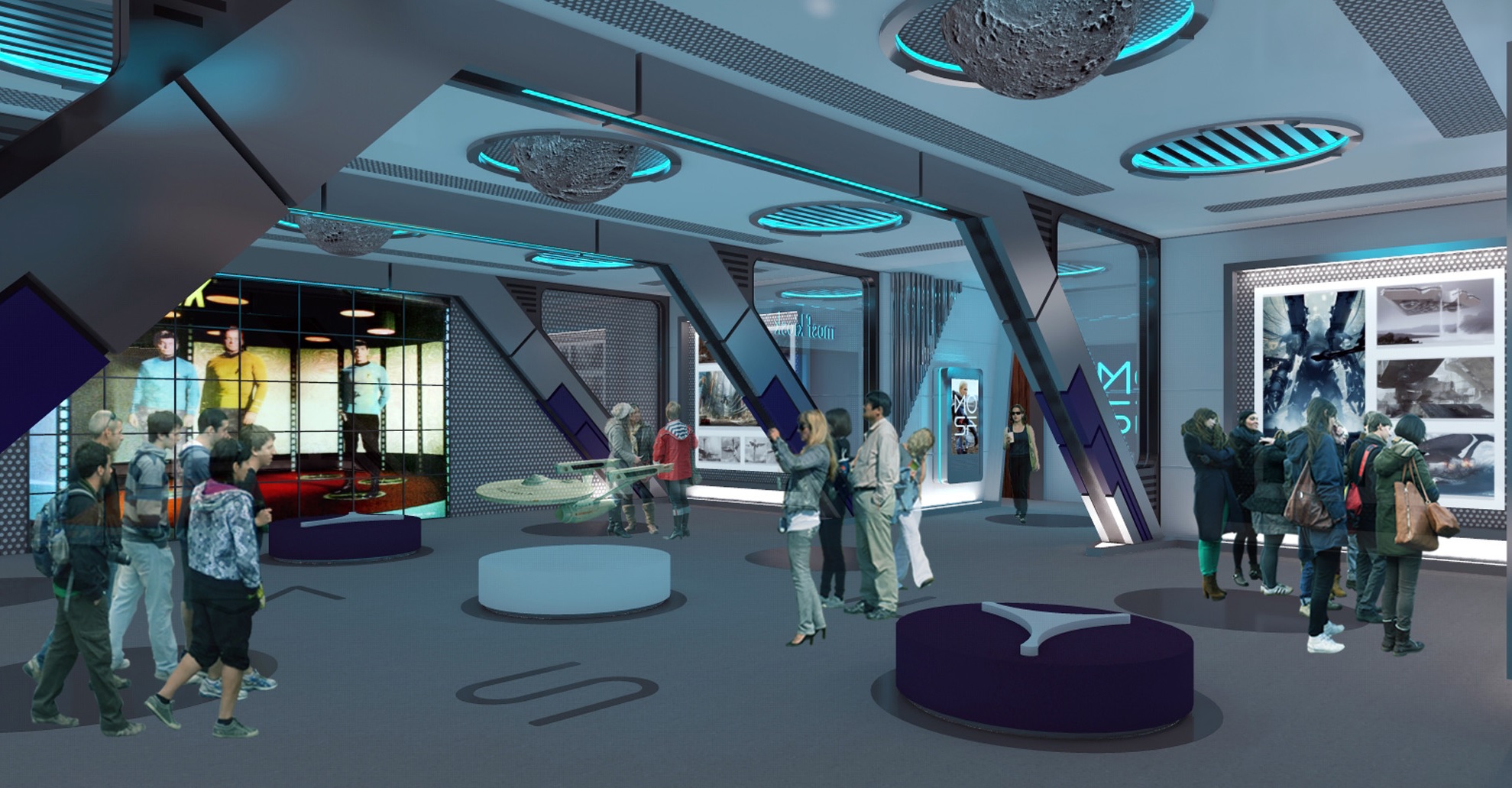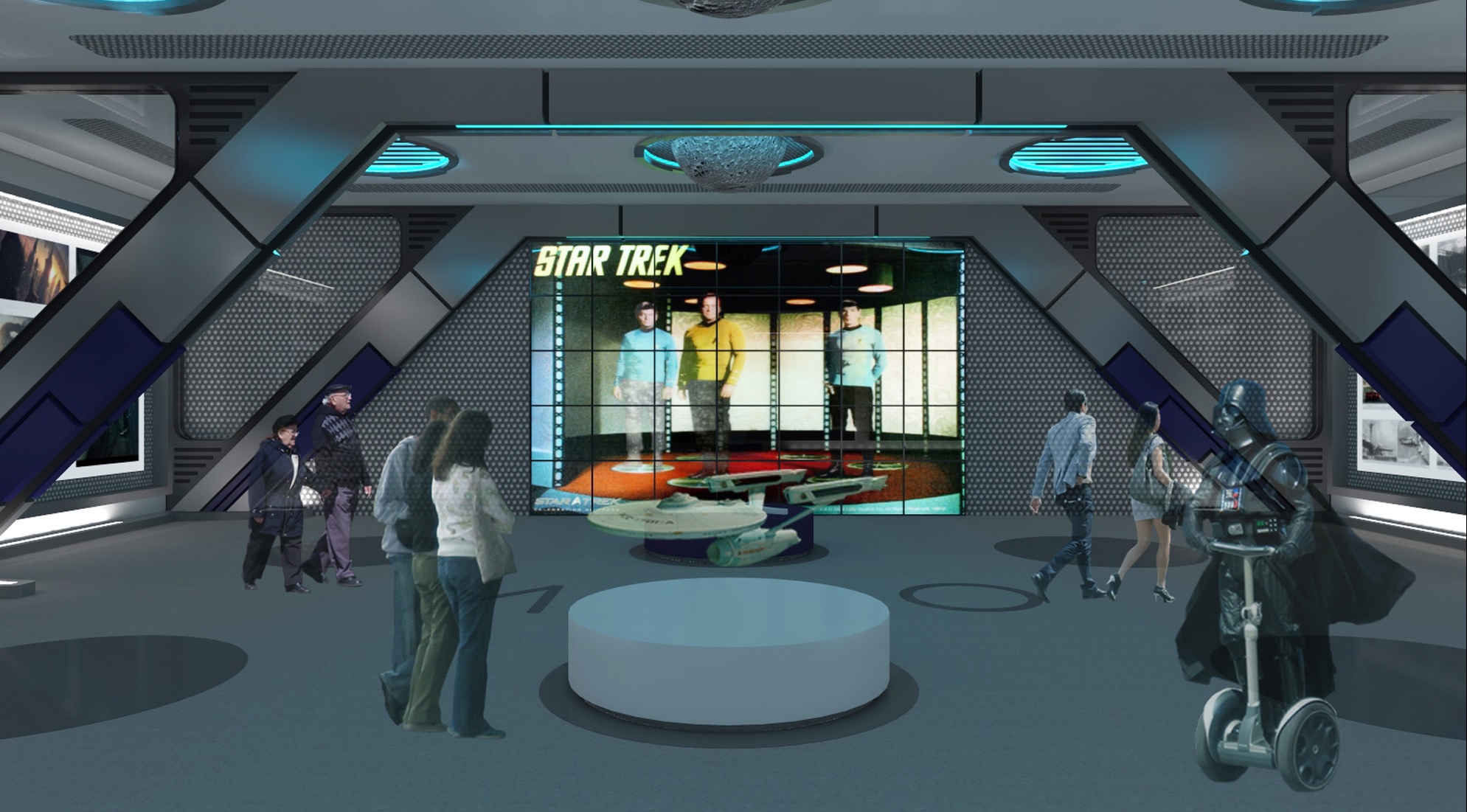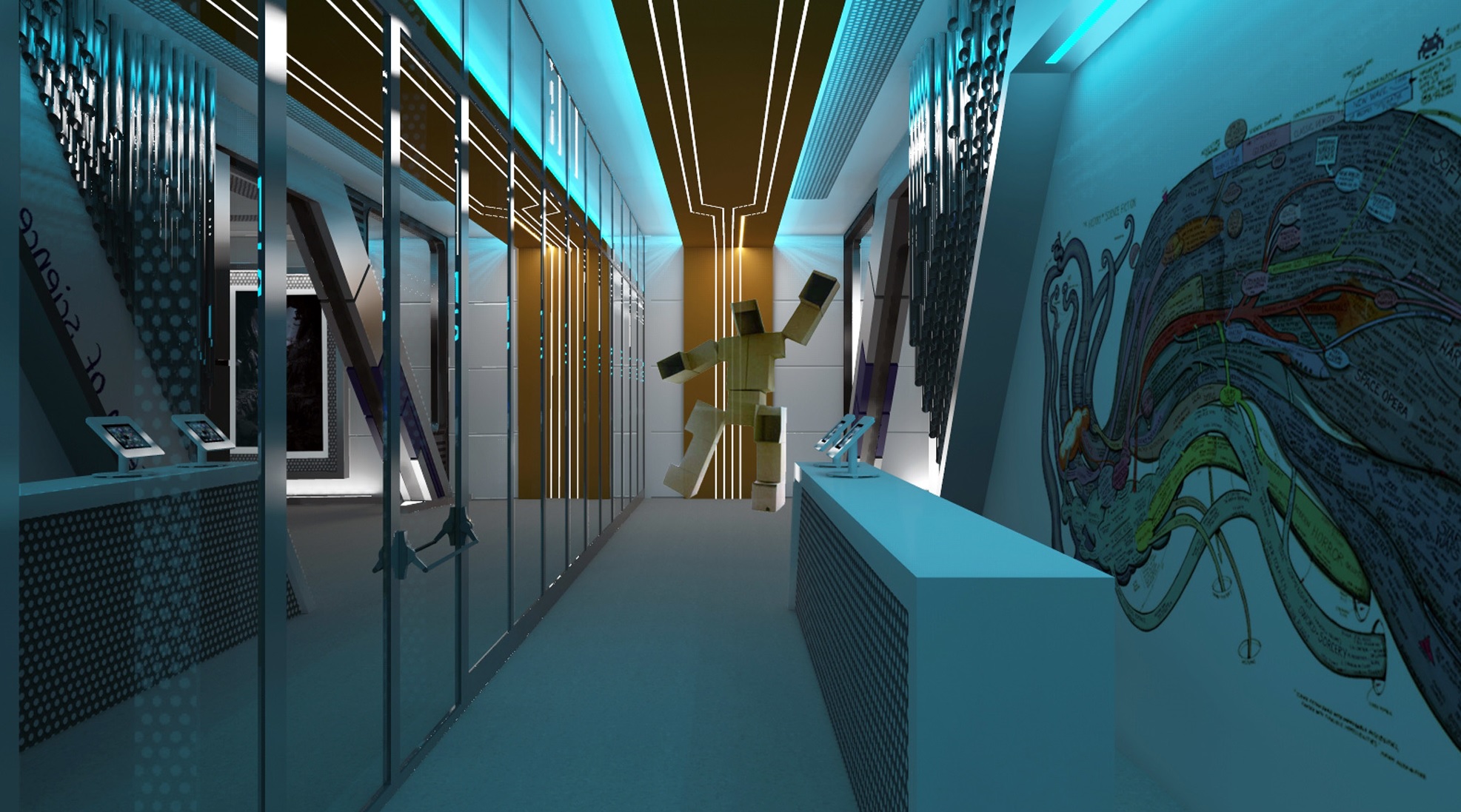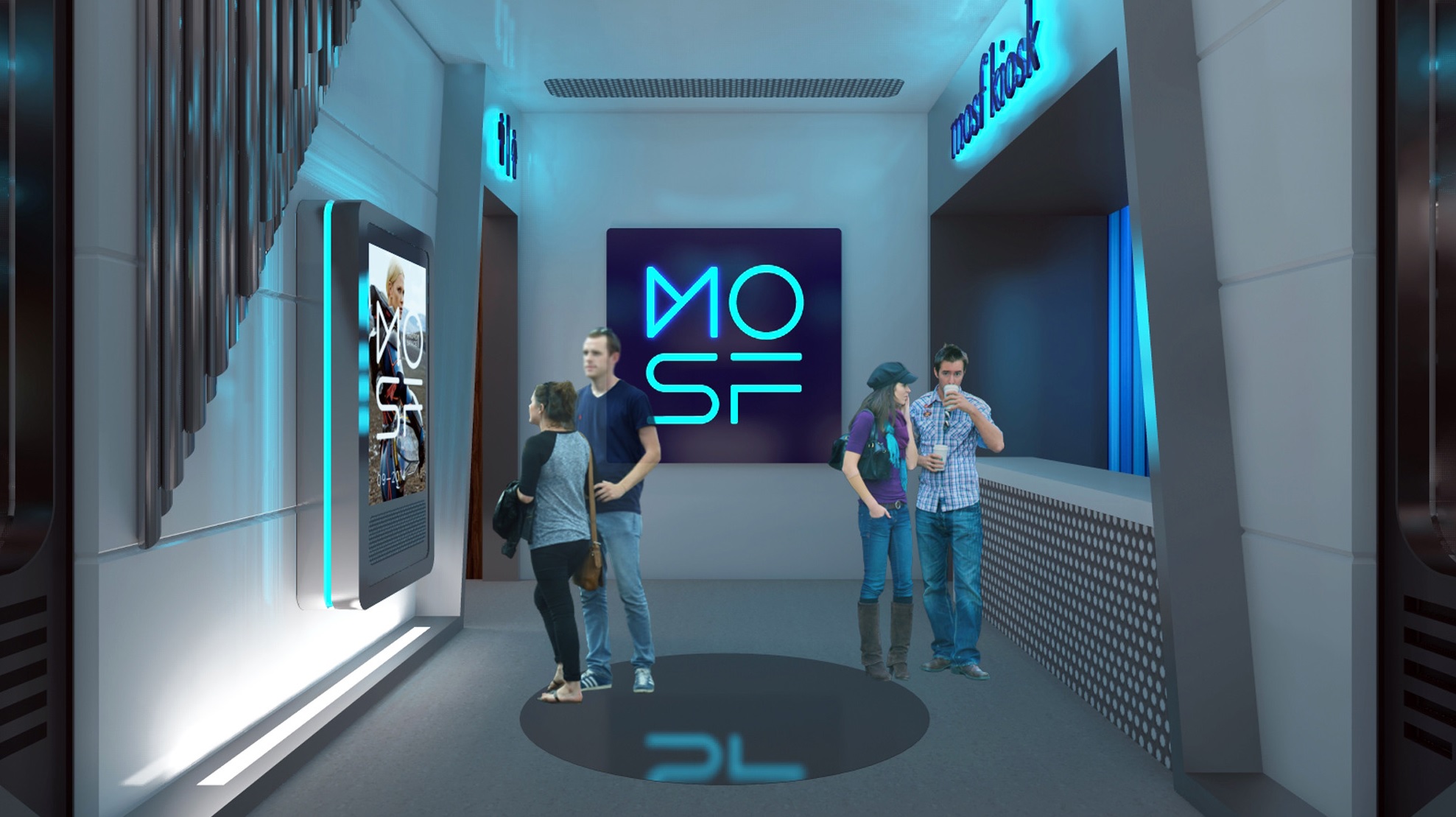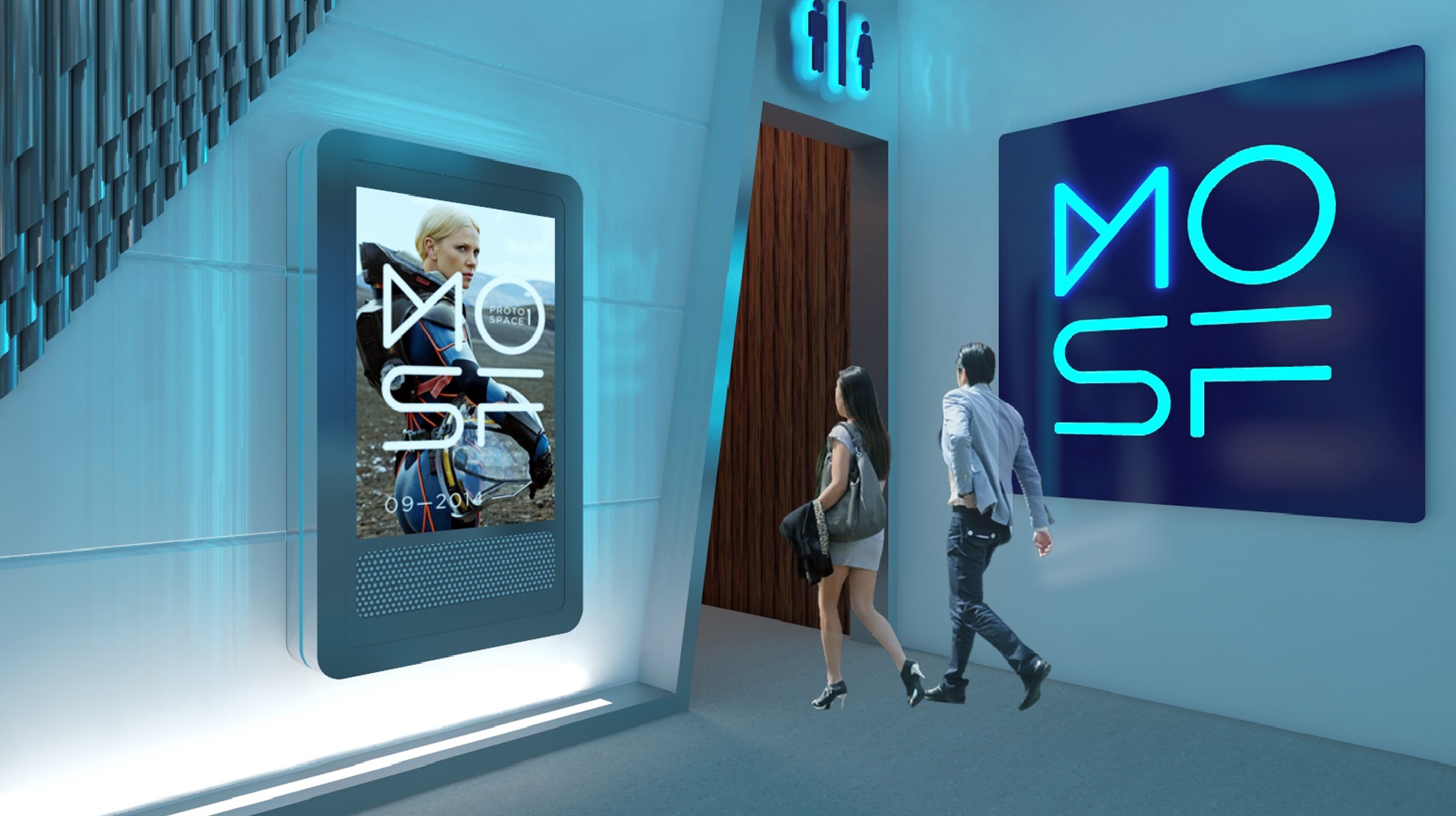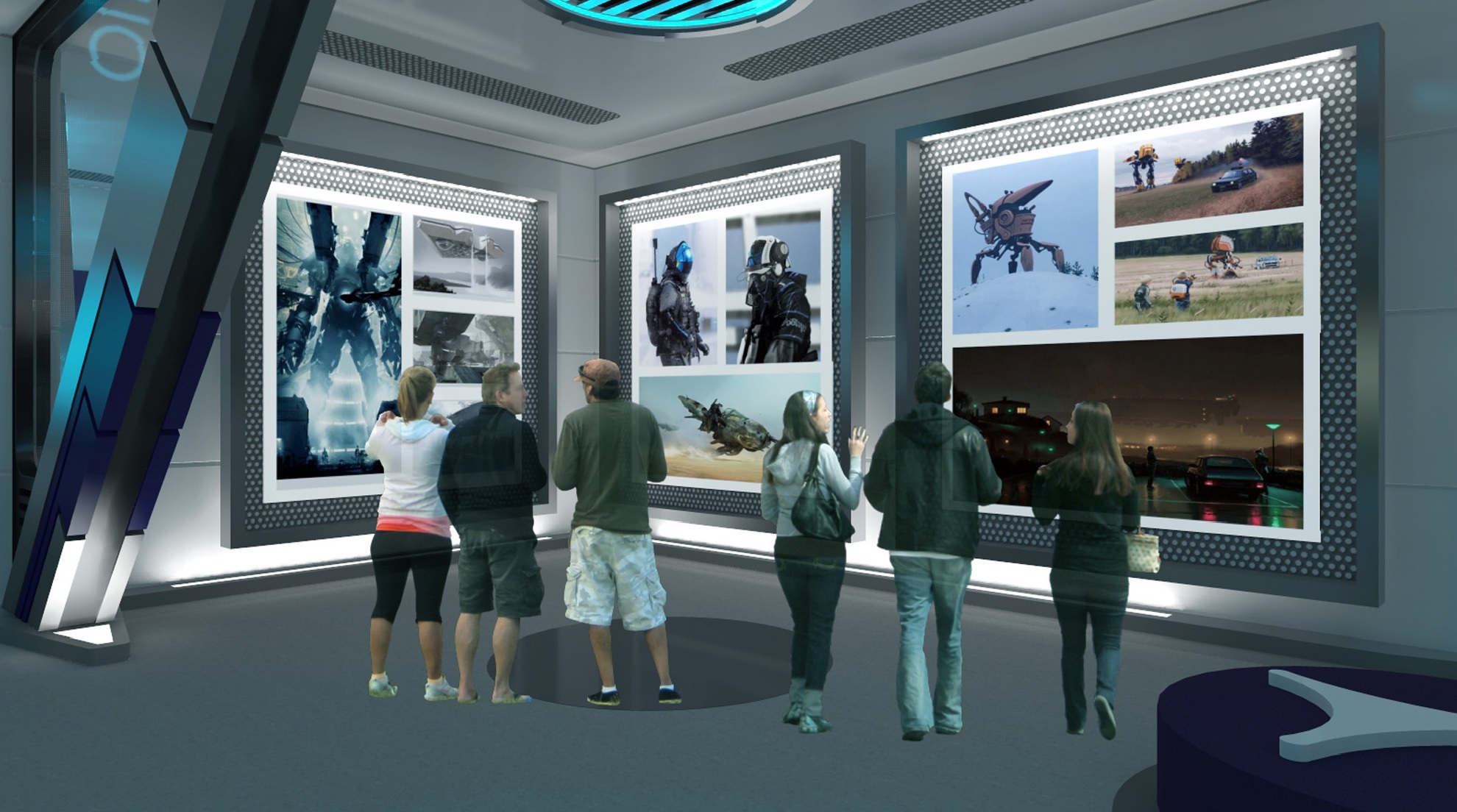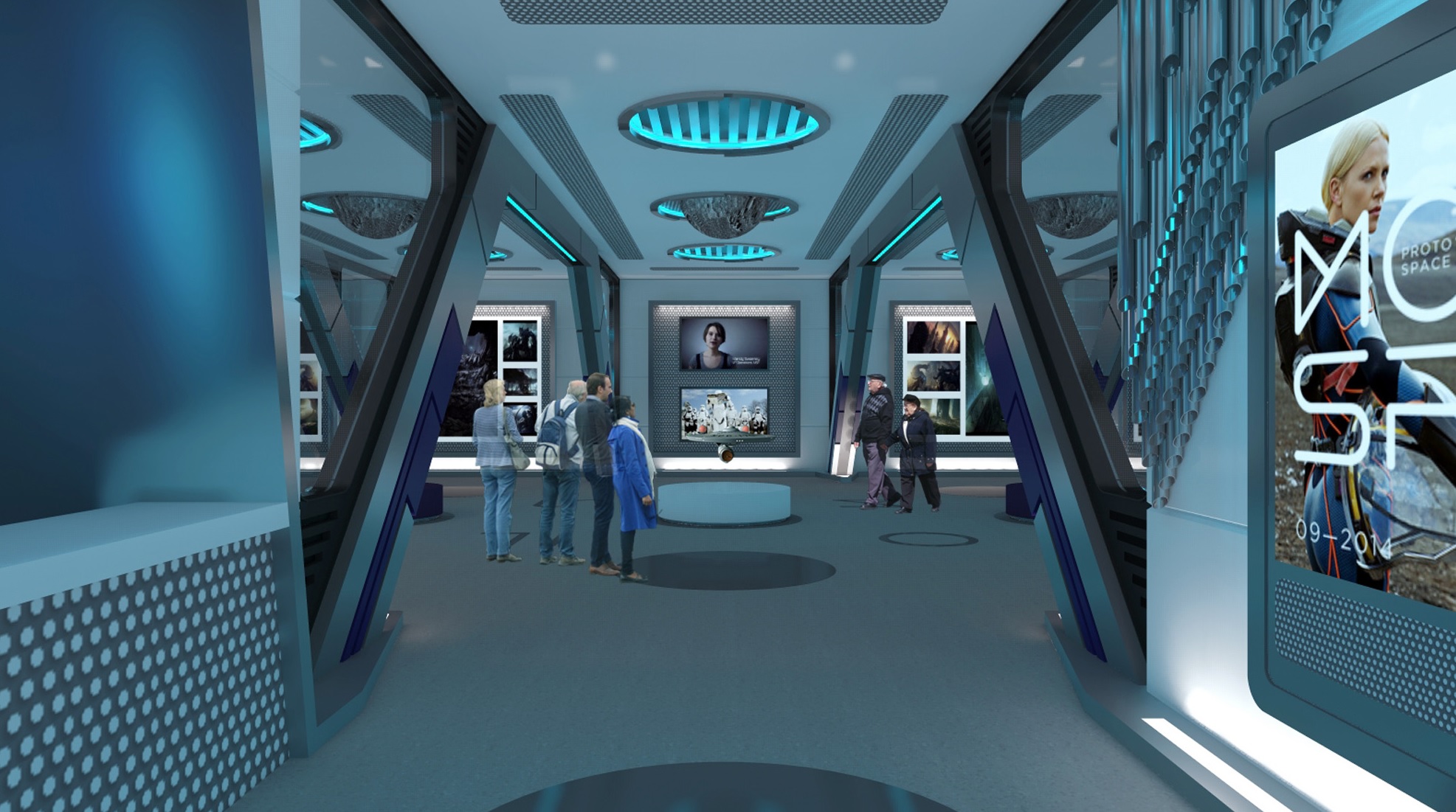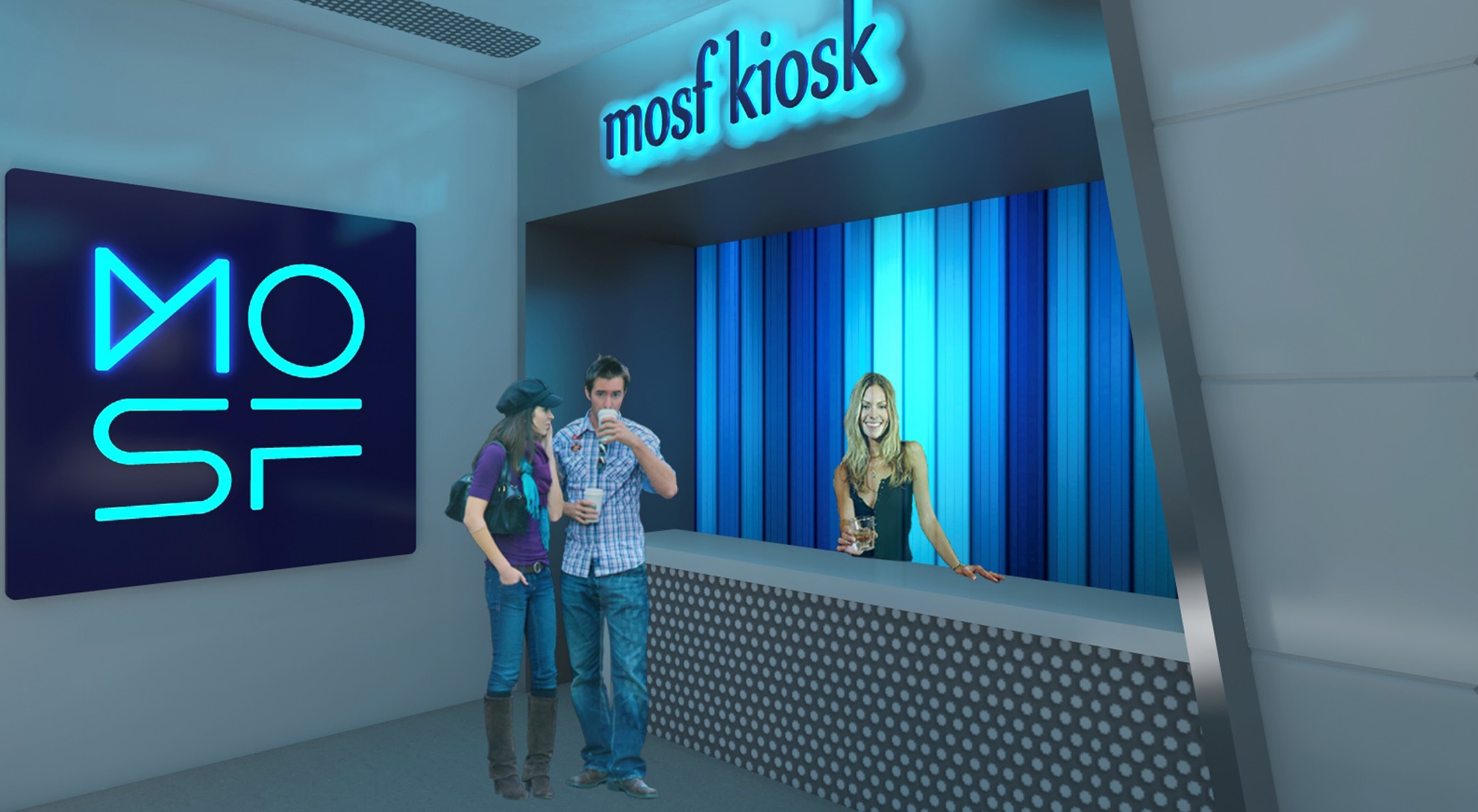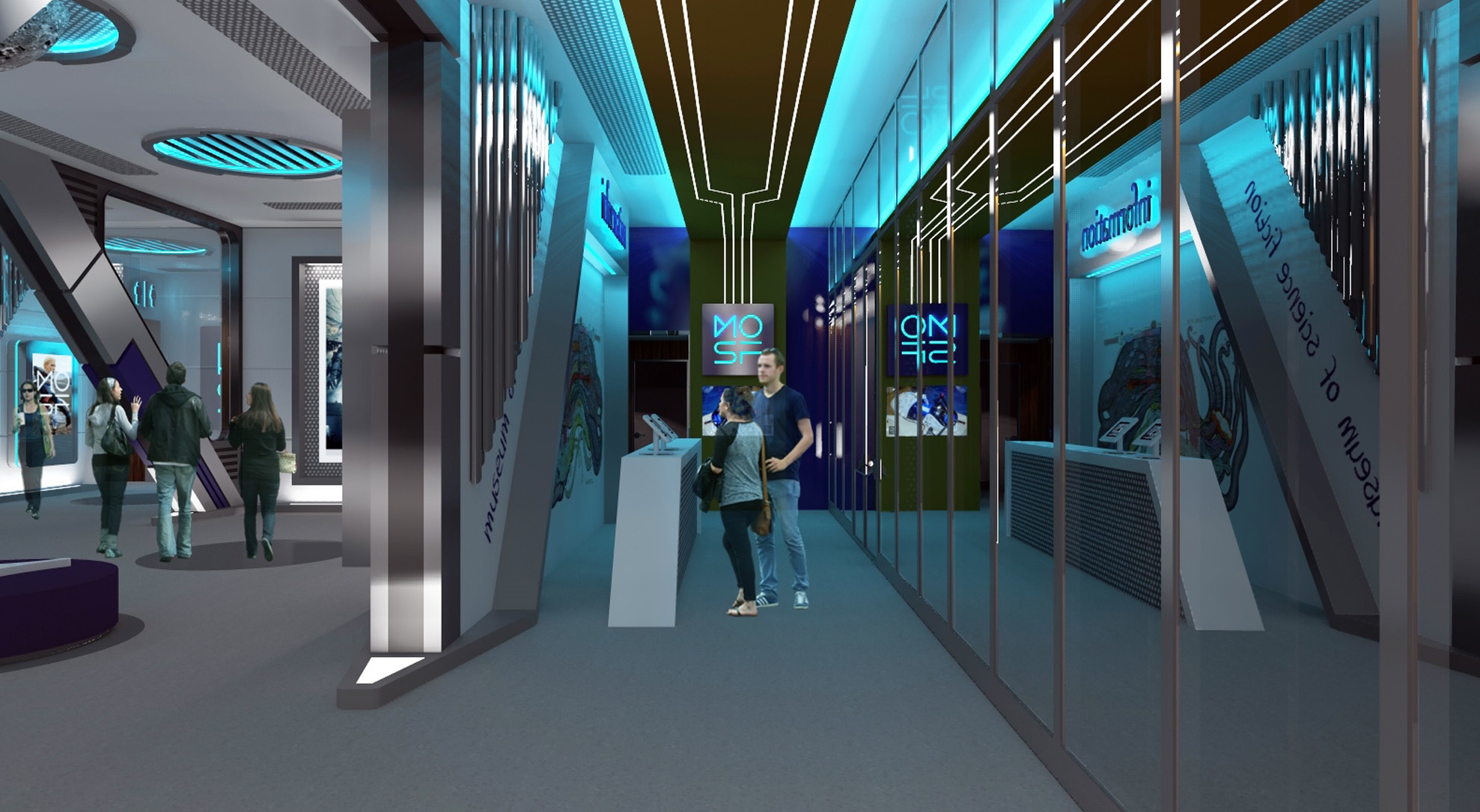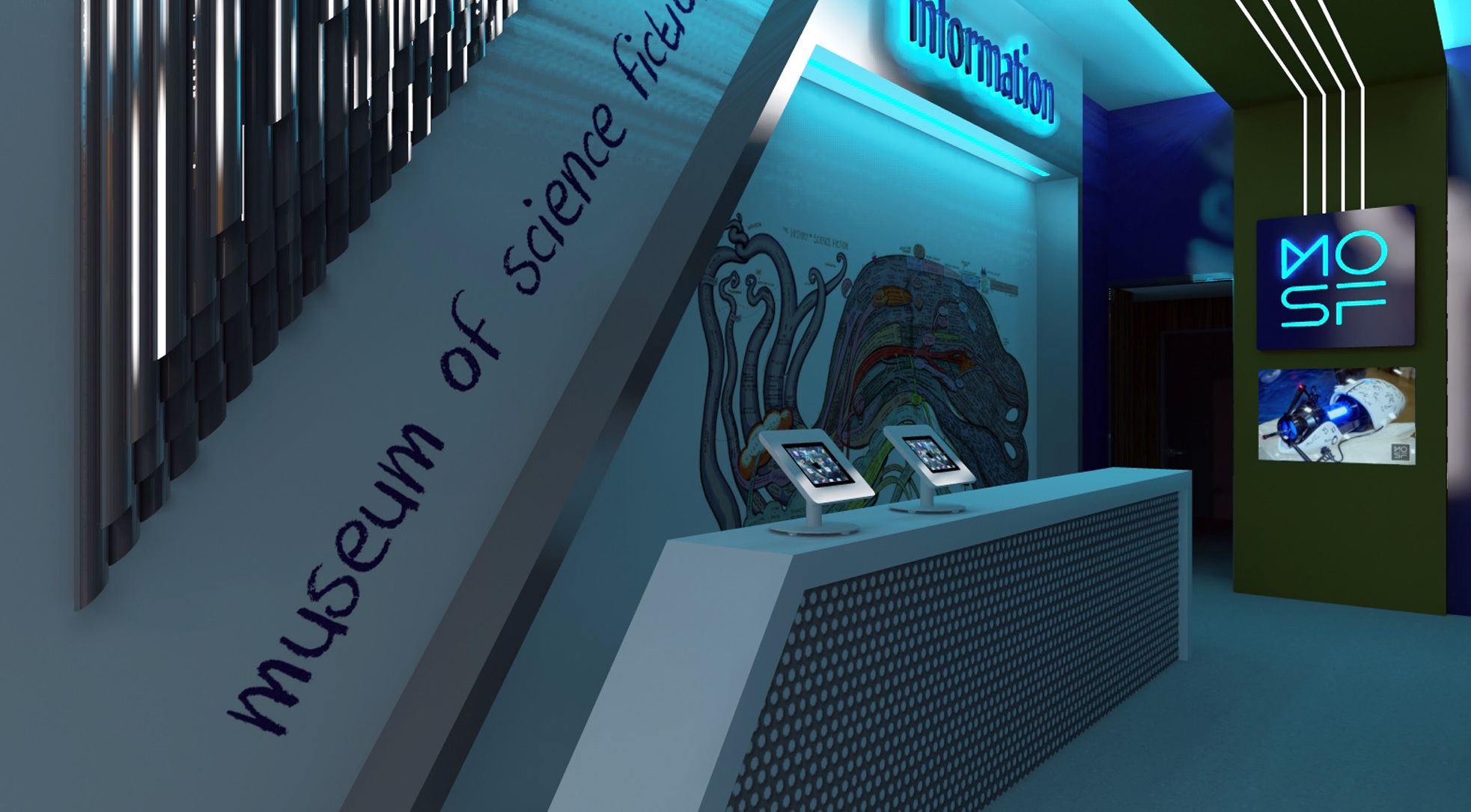A Destination and Point of Departure
Even though viable technology platforms for virtual reality have been around since the mid 1980s, its commercial promise and potential are only now coming into place. As with any new technology (or not so new), it’s difficult to predict its full impact. Much like the early Internet in the late 1980s, the eventual applications and use cases evolved to meet user needs - mostly through trial and error. It remains to be seen if a carefully designed museum simulation will hold visitor interest and, more importantly, encourage repeat visits over a longer period of time, while delivering fascinating educational and entertaining content. As the COVID-19 pandemic has shown us, remote accessibility and tele-presence has definite value. Fine-tuning the visitor experience to provide more convenience and practicality will certainly encourage viability and growth. VR is not meant to be a substitute for experiencing reality, but as a type of supplementary experience similar to multimedia content overlays in an exhibit design.
Steam
The Museum of Science Fiction’s new experimental VR gallery is available on Steam for Oculus visors and PC desktop users. Apple and other platforms will be coming when available.
Background
In 2015, the Museum of Science Fiction signed a Space Act Agreement with NASA and partnered with a team at the Goddard Space Flight Center to build an educational virtual reality experience for the Oculus visor (see press announcement). The introduction of the virtual Museum coincided with the Winter 2015 consumer product launch of the Oculus Rift. The MOSF-NASA project prototyped a virtual environment of the 4,000 square-foot MOSF Preview Museum and allowed virtual visitors to explore and interact with Museum exhibits and learn about heliophysics throughout the virtual gallery. Inside the virtual Museum and through a Stargate, visitors were able to move about the gallery space and operate a heliophysics science station that offered an unprecedented view of the sun. Solar data provided by NASA satellites provided realistic and scientifically accurate presentations of the heliosphere and solar weather.
Educational Approach
Using NASA-provided educational materials, the informal education approach will guide visitors through specific science topics like heliophysics and climate change. Adaptive learning also will improve visitor experience and basic science comprehension. The full educational experience will likely require a new set of visitor interfaces as described in the white paper below, “Ambient Intelligence at the Museum of Science Fiction” (see below reference document section). This enhancement will be scheduled for development in a later VR release.
Take a 2D tour of the Experimental Gallery using Web GL by clicking the image below. Use the cursor keys to move.
Project Overview
As press coverage of large technology companies announcing various virtual reality initiatives increases, it makes sense for the Museum to update and build out its existing virtual reality environment for multi-visitor shared space access. This project began in January 2022 and started with a proof of concept environment and a minimum viable feature and functionality set, the project is focusing on several key areas:
Educational content
Entertainment content
Repeat visitor incentives
Accessibility
Live programming
Photo realistic galleries and display objects
Multiple gallery environments
Ambient binaural sound design
Self-sustaining monetization
This webpage will serve as a public-facing project plan and allow crowdsourced ideas to enter development consideration.
Image credit: Hakan Imert
Timeline
The project plan for developing the VR Museum will involve multiple releases over the next few years to evolve the initial features and functionality set into more sophisticated visitor experience activities. The VR Museum development roadmap document prioritizes what/why it will be built, how it will work, and when it will be developed. Longer-term development projects will involve improved visitor interfaces and blending both mixed reality and virtual reality environments leading to mobile device control of physical display objects and exhibits.
Release 0.1 Proof of Concept Phase I, Entrance Hall, Galleries 1 and 2
Required Features / Functionality
UX testing of photo-realistic renderings of animated models, lighting and binaural sound design; multi-visitor shared space environment. UI testing of access to educational content; expandable signage and labels; embedded video content.
Release 1.0 Addition of Live Program Area and Gallery 3 (of 7 galleries)
Required Features / Functionality
Features and Functionality determination in progress
Release 2.0 Addition of Galleries 4 and 5 plus External Spaces
Required Features / Functionality
Features and Functionality determination in progress
Release 3.0 Addition of Galleries 6 and 7
Required Features / Functionality
Features and Functionality determination in progress
Tell us what we should build, leave a comment, or suggest features and functionality.
“Any sufficiently advanced technology is indistinguishable from magic.”
Arthur C. Clarke
Team Organization
Executive Director, Project Management
Greg Viggiano
Lead Architect
Jerry Vanek, AIA SmithGroup
VR Engineering | Development | Testing
Nick Deliman
Michael Coxe
Dalton Hutchinson
Mike Conry
Ben Falchuk
Astha Kapila
Bryan Meadows
Nathan Lange
Billy Couvillion
Sanjit Singh
Chaz Stevens
3D Modeling
Paul Beaty
Joanne Park
Hannah Hwang
Ash Balagopal
Jaclyn Cornwall
Clint Thorne
Raya Popov
Antonio Arocho Hernández
Rafael Artigas
Hristo Dimitrov
Andy DiLallo
Ian Fan
Fotma Ozen
Dara Shayda
Polina Borovska
Lea Egyed
Kristine Tomančok
Gero Cordaro
Brian Chapman
Avatar Development
Nick Oteri
Rohit Arora
Foundry
Sound Design
Paul Oehlers
Ivan Kotevski, video editor
Visitor UI UX Research
Chaz Stevens
Mike Conry
Ben Falchuk
Ian Fan
Architectural Team
Ash Balagopal
Astha Kapila
Rohit Arora
Rafael Artigas
Curatorial | Creative
Rachel Frederick, Curator
Rachel Wells, Assoc. Curator
Elisha Mantegna, Assoc. Curator
Hannah Hwang
Keith Jodoin
Michał Klimczak
Education
Kayla Ingram
Kevin Olson, IBM
Mike Conry
Phil Frana
David Brin
Erik Viirre
Paul Oehlers
Greg Viggiano
Grants and Proposals
Joseph Brooks
Max Kimble
Kalliopi Caldwell
Deylis Spurney-Bejarano
Amanda Jones
Legal
Charles Hildebrandt
Stefanie Frank
Kevin Olson, IBM
Jake Sommer
Nick Wittenberg, Deloitte
Marc Zwillinger
R. Paul Stimers, K&L Gates
Digital Communities | Social Media | PR
Kevin Reid
Nico Pandi
Steve Winter
Charles Hildebrandt
“Imagination is everything. It is the preview of life's coming attractions.”
Albert Einstein
The Museum of Science Fiction is a nonprofit 501c3 organization
Reference Documents
This section contains museum design and exhibition ideas for post-pandemic physical and virtual reality public spaces. Reference documents are presented here for designing more exciting visitor environments.
Draft in progress - The VR Museum Project Plan and Development Roadmap Document
Draft in progress - The VR Museum Requirements Document Release 0.1





